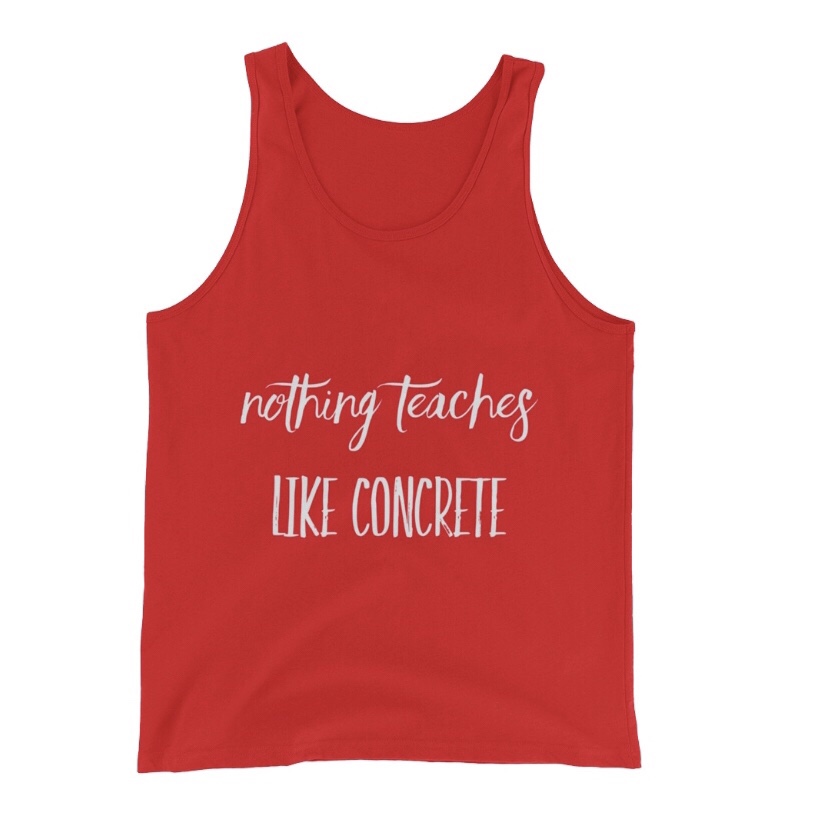Listen to this amazing lady. She’s the founder of PK Silver, and a cancer survivor. Worthwhile listen.
Category: Movement
-

Homographic terms
Many terms in athletic coaching are poorly defined yet form the basis of disagreements. For example, the word athletic is really not quantifiable, and describes some quality that cannot be calibrated, yet is used as a basis of comparing people. In volleyball, the idea of ball control is heavily valued, is generally thought be observable, but different people will have different specific ideas as to what constitutes having ball control, or how to measure it.
Homographic (despite the potentially juvenile interpretation) refer to situations where the same word can carry multiple meanings, and thus be confused between concepts, often leading to disagreements because each party was actually thinking of a different meaning for that word. For example, the word fly can be used both as a noun and a verb, each one carrying radically different meanings.
But a more subtle disagreement comes with blocking. Blocking refers to both a technique and a strategy. For stat collection purposes, in beach volleyball, a block is only recorded when a player earns a point by jumping up and intercepting a ball at the net. Consequently, this technique is confused with the whole strategy of blocking, which is a component of defense that limits the offensive options of the opposing team. Blocking actions that serve to guide the ball out or into the convertible control of the team are just as valuable as a stuff block. The technique of blocking is thus simply one of the options of the strategy of blocking. Good blockers consider all the available tools for the strategy. A jumping blocker that knocks the ball out of the defensive arena simply introduces unnecessary unpredictability. An effective blocker may never jump at all, and still control the attack options of the other team, and the contribute to the point conversion opportunities.

Google Image result for volleyball setting Another term with homographic confusion between a technique and a strategy is setting – the popular image of volleyball setting (at least as unscientifically assayed through Google Images) is the distinct technique hand setting. Operationally, though, setting is a strategy of establishing the offensive opportunities for the team, and, as with blocking, the technique of hand setting is merely one of the many factors that figure into the strategy of good setting. One who can execute the technique of a hand setting well is not necessarily a good strategic setter. Conversely, good strategic setting should have a broad range of control techniques to carry options for efficient point scoring. Unfortunately, much of the dialog conflates the two meanings of setting, leading to this notion that one can judge the strategic value of a setter simply by evaluating the execution of the technique.
-

Volleyball and Newton
I ignited a fierce debate a few months back by simply asking:
“the higher you jump, the more force you land with, right? (Yes, it’s a trick question)”
I posed the question shortly after the McKibbin Brothers released their video on dealing with knee pain, and a trainer was explaining that you could land with up to 5x body weight in force (about 45 seconds into the video) – which then rolls into this rabbit hole about the equivalent of elephants on your knees. Now how could this be?
So, a lot of this comes from the incorrect use of the term “force”. Basic physics, which most people should know, force acting on an object is defined by it’s mass multiplied by its acceleration, or
Force =mass x acceleration
In most cases, we are talking about the force of gravity, which imparts the same acceleration to objects regardless of their mass (which is why in a vacuum, a feather and a bowling ball will fall at the same rate). This is an appropriate situation, because for a jumping athlete, that impact with the ground is really the same question about falling from different heights. So, what is acceleration? Acceleration is a change in velocity over time. The higher up you are, the more time gravity has to affect you, and so by the time you get to the ground, your velocity is higher. But what happens on impact? The velocity changes, from whatever it is imparted by gravity, to zero. This, too is a type of acceleration, and it’s this acceleration where the force comes from. So, let’s look at this equation again:
F=ma = m (starting velocity-ending velocity)/time
if we rearrange it:
F x time = mass x change in velocity
The missing element in this discussion is how much time is being taken to bring the falling athlete to rest. Since mass and the change in velocity aren’t changing, we need to look at the relationship between time and the amount of force applied. The assumption in all the landing measurements is that the athlete stops on contact with the ground – hence, time is set to be very small. Thus, the amount of force goes up to effect the same change in velocity (the term, I believe, is impulse). But if we are able to extend the amount of time landing, the force acting can go down.
It’s like dropping your phone from various heights. But how can a protective case allow it to drop without as much damage? That’s because parts of the phone can continue to fall as the case deforms, increasing time, decreasing force, and protecting the phone itself. Likewise, the flaw in the force plate measurements is not considering that a body is an elastic object and can redistribute the energy of impact. It only measures the force based on a very short period of time, and that will bring the force measurement up.
In sand, since falling time continues longer than on an inelastic force plate, the force will decrease. But there are still more things to do to dissipate that energy of impact. Now will those exercises actually help? That’s a discussion for another day.
-
Teaching growth mindset
The best way to teach a growth mindset is to practice it. Demonstrate that you accept challenges and work to grow.
-

BCAAs
Most people obsessed with BCAAs don’t even know what an amino acid is.
FYI: BCAA = branched chain amino acid
-

Nothing Teaches Like Concrete


